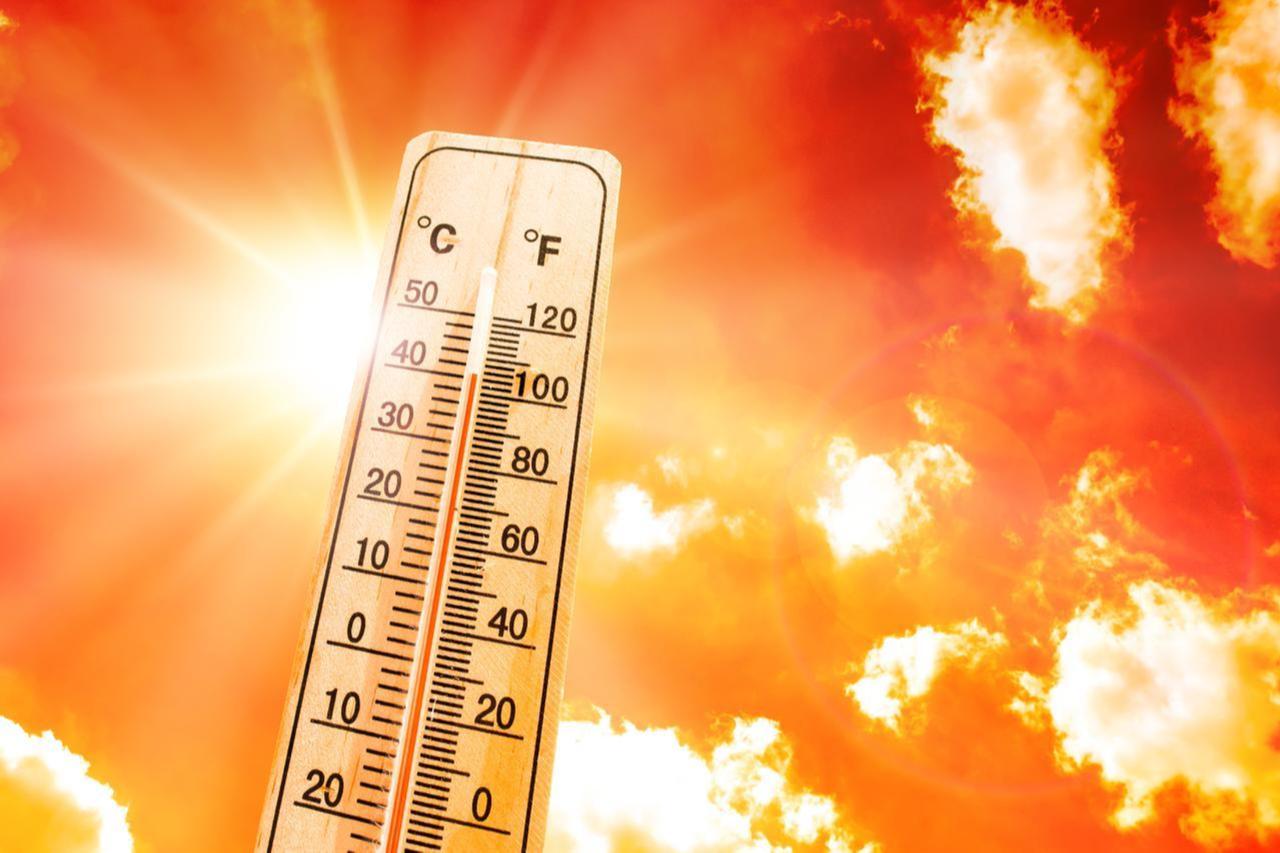
Sea surface temperatures around Türkiye are rising at more than twice the global average, causing severe damage to marine ecosystems, including seagrass beds, sea fans and cold-water corals, according to new research from Middle East Technical University.
Professor Barıs Salihoglu, director of METU's Institute of Marine Sciences, said Türkiye's surrounding seas have experienced temperature increases of over 2 degrees Celsius in the past 40 years, compared to the global average of 1.2-1.5°C.
The warning comes as the European Union's Copernicus satellite monitoring system reported that annual average sea surface temperatures in non-polar oceans reached a record high of 20.87°C in 2024.

METU data from measurements conducted since 1984 show that this summer, Mediterranean Sea surface temperatures around Türkiye reached 28°C—one degree above the long-term average. In the Aegean Sea, temperatures hit 26°C in Bodrum and 25°C in Izmir, both 2 degrees above normal.
The Sea of Marmara, which typically averages 24 degrees, recorded temperatures of 26-27 degrees this summer. The Black Sea, with a normal average of 25 degrees, reached 27 degrees.
Speaking to Anadolu Agency, Salihoglu said sea temperatures continue to run high in 2025 following the record-breaking heat of 2024. In some areas of Marmara, the Black Sea and the Eastern Mediterranean, temperature increases have reached 2-2.5 degrees above historical averages.
Salihoglu attributed last year's extreme temperatures largely to El Nino, noting that its effects are still being felt in the seas. While this year may not see new records, temperatures remain well above average, he said.
Climate change has increased the frequency of heat waves by up to 65%, with these weather patterns raising air temperatures by 5-10 degrees and sea surface temperatures by 3-4 degrees, according to Salihoglu.
"Seagrass beds, sea fans and cold-water corals are suffering direct damage to fatal levels, some fish species cannot adapt to the temperatures and are moving away from the region," Salihoglu said. "Migration patterns are changing, species from the Red Sea are becoming increasingly common in the Mediterranean."
Rising temperatures are causing fundamental changes to the physical and chemical structure of the seas, Salihoglu warned. The warming leads to water expansion that contributes to sea level rise, while altering water mass structures.
In the Mediterranean, the formation of "Levant Intermediate Water"—a water mass that supports regional ecology—is decreasing. In the Black Sea, researchers have observed the disappearance of the cold middle layer, which could allow hydrogen sulfide-rich water to rise toward the surface and disrupt oxygen levels.
"This is a disaster for the Sea of Marmara because the oxygenated water inflow that renews Marmara's surface water is under threat," Salihoglu said.

The researcher warned that extreme weather events are projected to increase five to six-fold by 2050, with rising sea temperatures triggering unexpected weather along coastlines. Overheated seas act as energy sources in the atmosphere, potentially leading to more frequent storms and cyclones in coastal areas.
"We may see tropical storm-like events in the Mediterranean and tornado formations in the Black Sea," Salihoglu cautioned.
Temperature increases are also accelerating excessive algae blooms, with harmful algae species observed along the Marmara and Mediterranean coasts, consuming oxygen and threatening underwater life. Combined with pollution and fishing pressure, this creates a multiplying effect that increases the risk of mucilage outbreaks.
Salihoglu called for sustainable fishing practices, abandoning trawl fishing, and expanding protected areas to at least 30% of all seas to make marine ecosystems more resilient to climate change pressures.